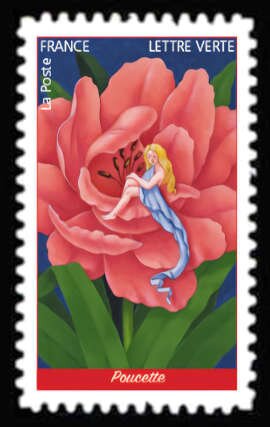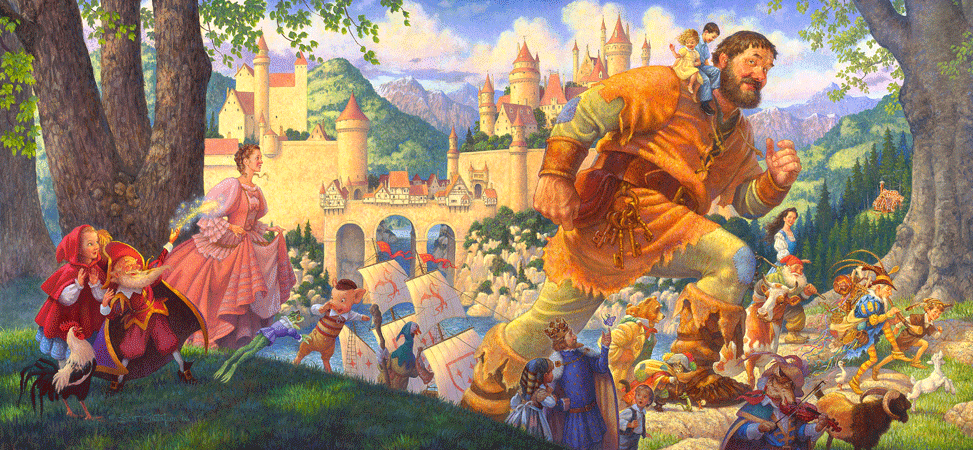Stamp: The Little Mermaid (France 2021)
The Little Mermaid (France 2021)
06 September (France ) within release Wonderful Tales (2021) goes into circulation Stamp The Little Mermaid face value Lettre No Face Value
| Stamp The Little Mermaid in catalogues | |
|---|---|
| Colnect codes: | Col: FR 2021-46i |
Stamp is horizontal format.
Stamp from booklet pane. Face value €1.08 per stamp on day of issueAlso in the issue Wonderful Tales (2021):
- Stamp - Aladdin face value Lettre;
- Stamp - Bluebeard face value Lettre;
- Stamp - Cinderella face value Lettre;
- Stamp - Donkey Skin face value Lettre;
- Stamp - Hop O'My Thumb face value Lettre;
- Stamp - Little Red Riding Hood face value Lettre;
- Stamp - Puss In Boots face value Lettre;
- Stamp - Sleeping Beauty face value Lettre;
- Stamp - The Little Mermaid face value Lettre;
- Stamp - The Princess and The Pea face value Lettre;
- Stamp - The Ugly Duckling face value Lettre;
- Stamp - Town Musicians of Bremen face value Lettre;
- Booklet - Wonderful Tales face value 12*Lettre;
Stamp The Little Mermaid it reflects the thematic directions:
A fairy tale (alternative names include fairytale, fairy story, magic tale, or wonder tale) is a short story that belongs to the folklore genre.Such stories typically feature magic, enchantments, and mythical or fanciful beings. In most cultures, there is no clear line separating myth from folk or fairy tale; all these together form the literature of preliterate societies. Fairy tales may be distinguished from other folk narratives such as legends (which generally involve belief in the veracity of the events described) and explicit moral tales, including beast fables. Prevalent elements include dragons, dwarfs, elves, fairies, giants, gnomes, goblins, griffins, merfolk, monsters, talking animals, trolls, unicorns, witches, wizards, magic, and enchantments.
A flower, sometimes known as a bloom or blossom, is the reproductive structure found in plants that are floral (plants of the division Magnoliophyta, also called angiosperms). The biological function of a flower is to effect reproduction, usually by providing a mechanism for the union of sperm with eggs. Flowers may facilitate outcrossing (fusion of sperm and eggs from different individuals in a population) or allow selfing (fusion of sperm and egg from the same flower). Some flowers produce diaspores without fertilization (parthenocarpy). Flowers contain sporangia and are the site where gametophytes develop. Many flowers have evolved to be attractive to animals, so as to cause them to be vectors for the transfer of pollen. After fertilization, the ovary of the flower develops into fruit containing seeds. In addition to facilitating the reproduction of flowering plants, flowers have long been admired and used by humans to beautify their environment, and also as objects of romance, ritual, religion, medicine and as a source of food.


